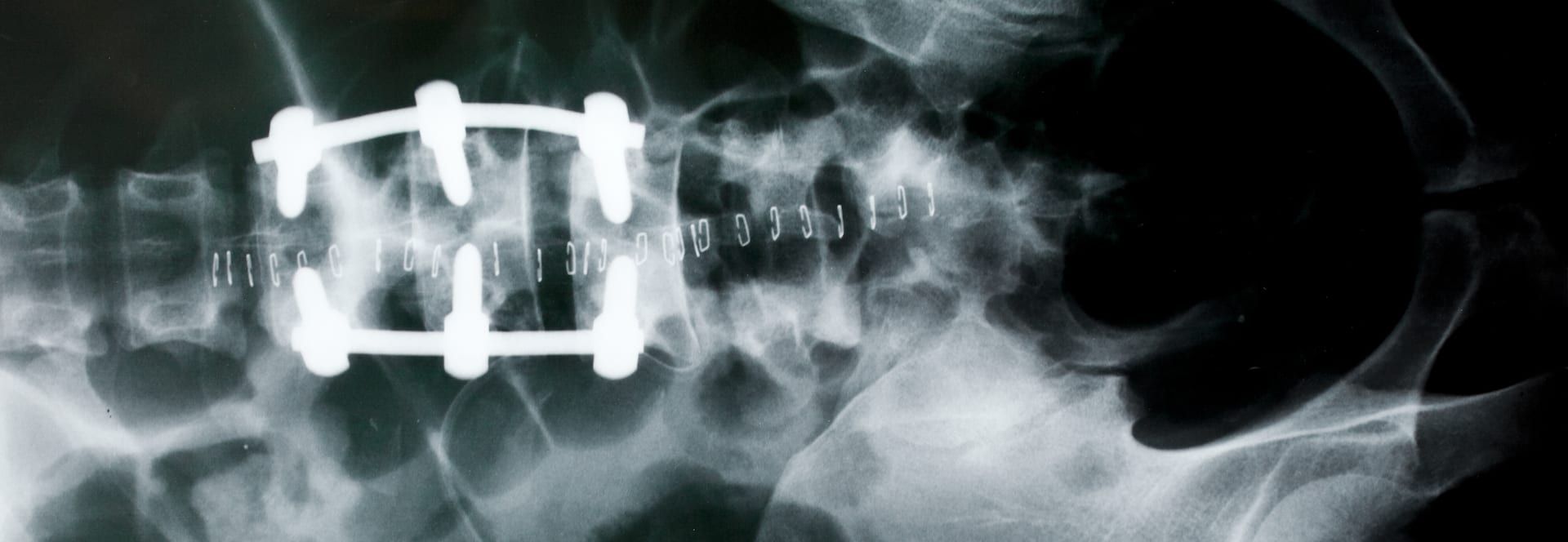
Spinal cord injury. Those three words can strike dread in even the toughest of individuals. Fearing the worst, those diagnosed with spinal cord injury (SCI) and their loved ones often make assumptions as to the future opportunities and quality of life the injured person will experience. However, with proper diagnosis, treatment and rehabilitation, many individuals with spinal cord injuries lead independent and productive lives.
In short, a spinal cord injury consists of damage to the vertebrae, ligaments or disks of the spinal column or to the nerves and spinal cord itself. This damage may be the result of a sudden, traumatic event such as a car accident, sports injury or violent act, or it may be the result of deterioration due to conditions such as arthritis, cancer or even osteoporosis.
Diagnosis and Paralysis
The severity of a spinal cord injury determines the how an individual will be affected. According to the Mayo Clinic, an SCI will be classified in one of two ways: complete or incomplete. In a complete injury, the person loses most or all sensation and motor function below the site of the injury. In an incomplete injury, the person retains some motor or sensory functions below the injury.
In terms of paralysis, there are also two main categories: tetraplegia/quadriplegia and paraplegia. With tetraplegia/quadriplegia, the person’s arms and legs, trunk and pelvic organs will all be affected. With paraplegia, paralysis affects the legs, a portion of the trunk and the pelvic organs. Spinal cord injuries at the cervical (neck) area often result in tetraplegia/quadriplegia while injuries at the thoracic (upper back) area and below result in paraplegia.
Treatment Options and Care Costs
Though scientists are confident that advances in research and technology will one day make full recovery from SCI possible, it is currently not a likely prognosis. However, with prompt and proper diagnosis and the use of neuroprotective therapies, it is possible to stop or minimize further spinal cord damage in many cases. From the use of sedation and traction to physical therapy and respiratory care, individuals with SCI can manage the pain, swelling and infection often associated with spinal cord damage.
The treatment for spinal cord injury is a long and costly process for the injured person and for his or her family. To control mounting medical expenses and ongoing long-term care costs, many people with SCI and their families turn to personal injury lawyers for assistance in pursuing compensation and more fully understanding what is involved in a spinal cord injury case.
With the knowledge and resources required to determine fault for the initial accident or condition, an experienced attorney can pursue financial reparations for the injured party. Should the SCI result in the death of a loved one, the attorney may also be able to pursue a wrongful death claim for the dependent family members.